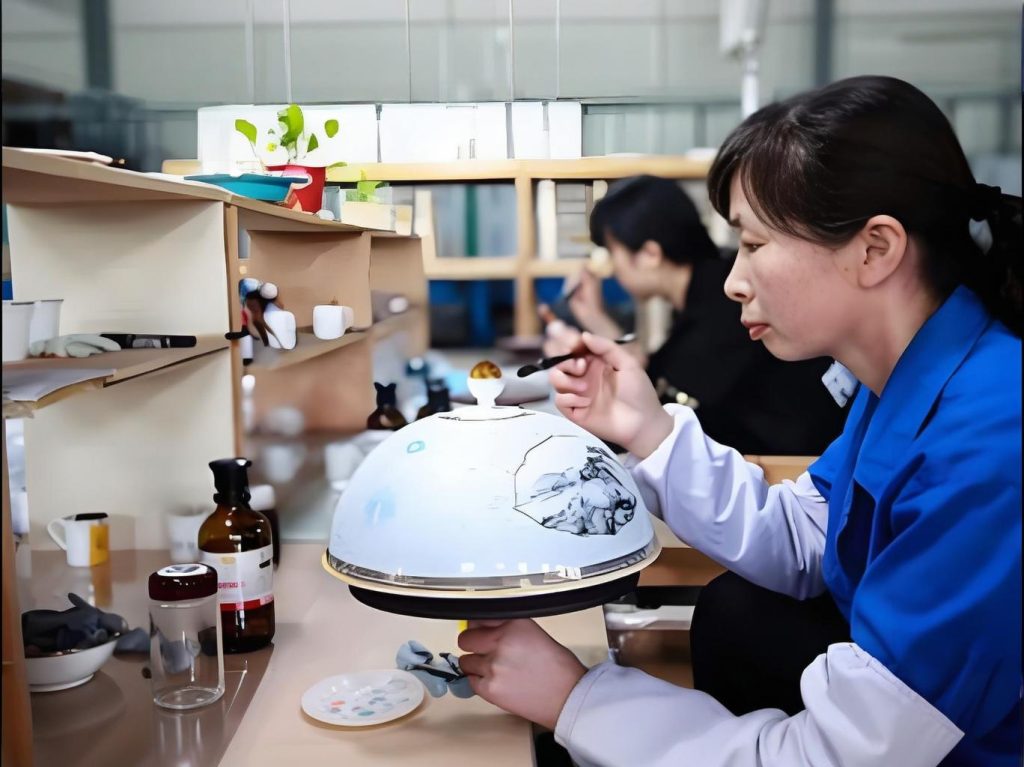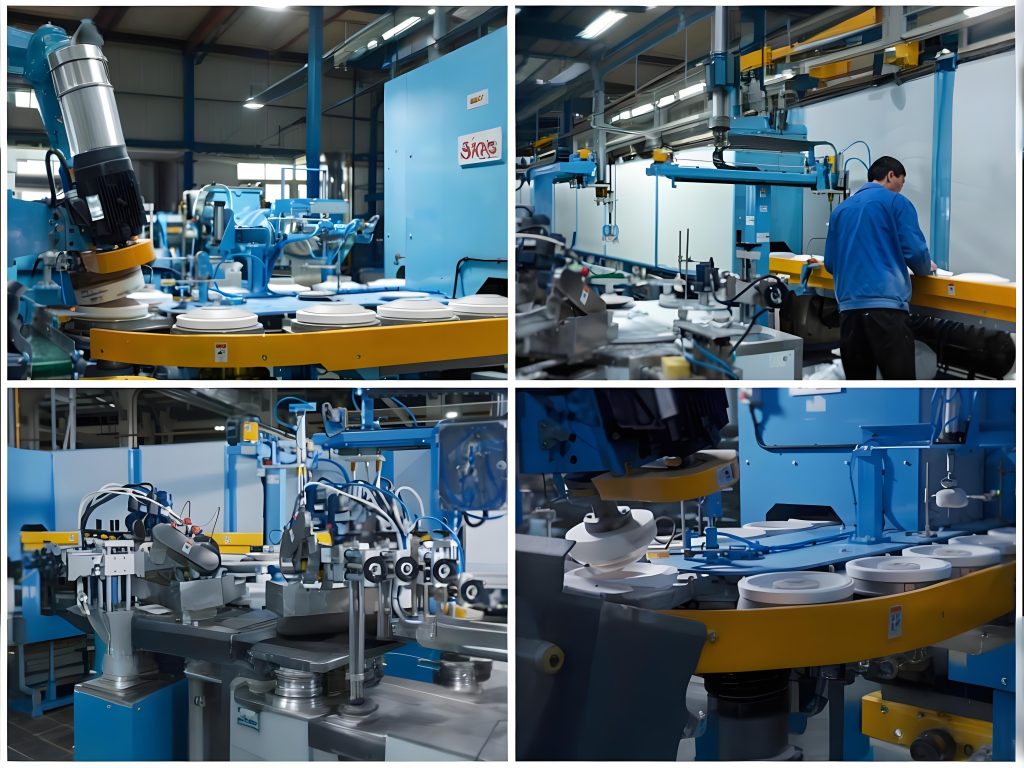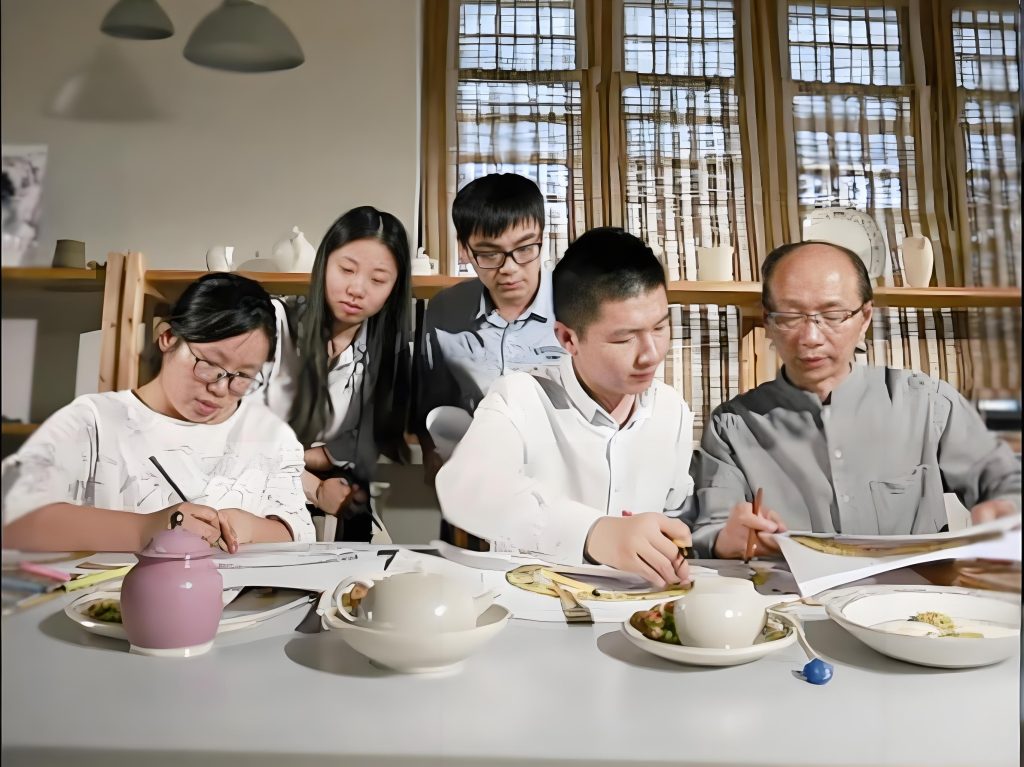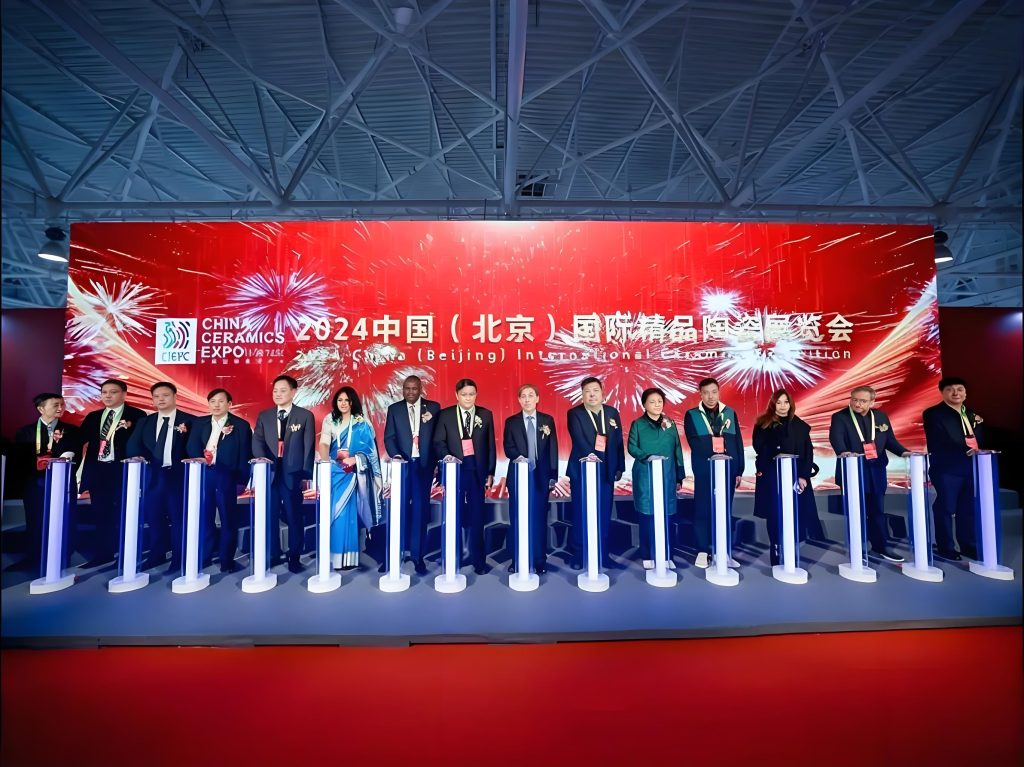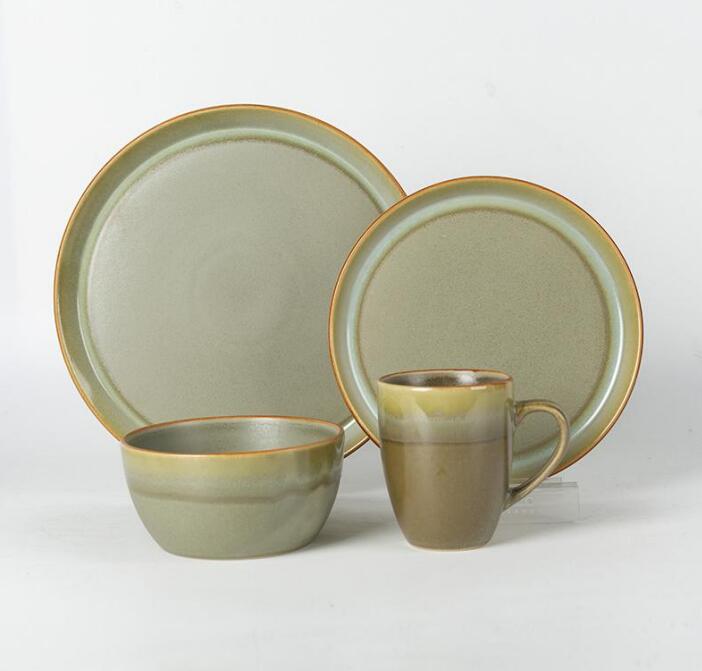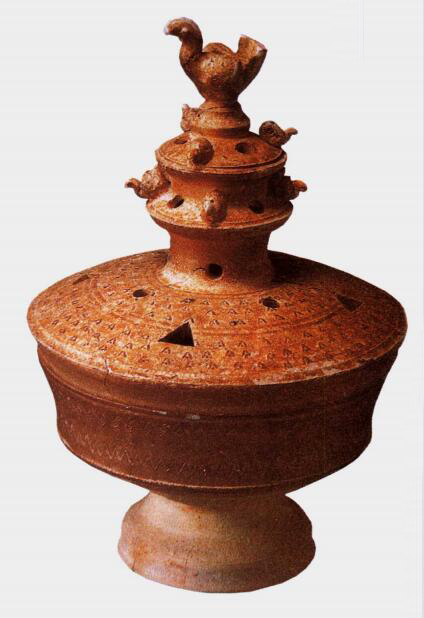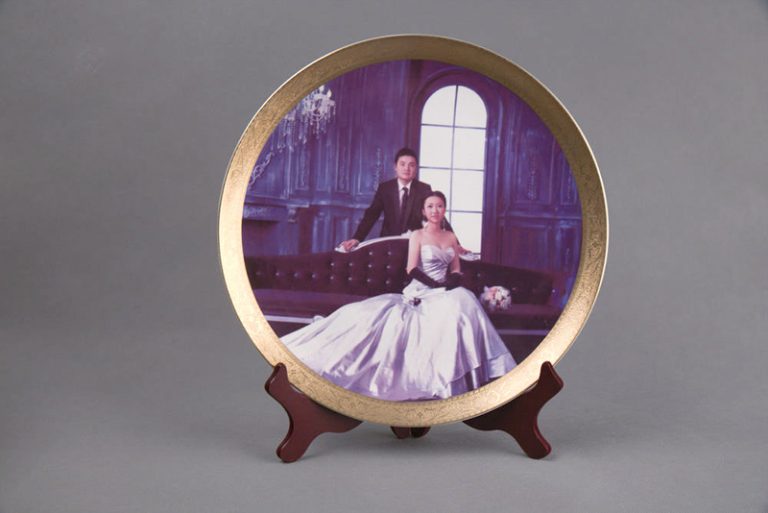The Complete Purchasing Guide for Japanese Tableware
In the hospitality industry, details often make the best impressions. Japanese tableware, with its top-notch craft and thoughtful design, is now a global symbol of graceful and mindful dining. For hotel and restaurant managers worldwide, adding authentic Japanese tableware is an opportunity to improve guest experiences while adding a design that resonates with contemporary sensibilities.
2025 has witnessed a remarkable surge in Japandi design, a blend of Japanese minimalism and the practical demands of the West. This trend recently gained more fame when actor Taylor Lautner showed his Japanese dining arrangement. He pointed out the shift toward informal but intentional dining that industry experts predict in hospitality. As diners require culturally rich dining experiences, the strategic selection of Japanese tableware is now an important consideration for the hospitality industry.

The Japanese Tableware Market
According to Spherical Insights, the Japanese Tableware market will have a 7% growth surge in a decade (2023-2033). From a market cap of $493.5 million in 202l, analysts expect a $714.8 million in 2030.
The love for Japanese meals, consumer satisfaction and the flexibility of Japanese tableware designs. While traditional Japanese restaurants remain the primary users, mainstream hotels and fusion restaurants are adding these items to differentiate their offerings and create memorable dining for clients.
Classes of Japanese Tableware and Characteristics
Based on Traditional Use
Japanese tableware has several categories that are determined by materials and manufacturing techniques:
Yakimono (Ceramics): Rustic stoneware, refined porcelain and several others carry distinct characteristics. Porcelain ware has a beautiful white finish, Bizen has earthy tones and natural ash glazes, and bright Kutani has bold colors and intricate patterns.
Natural Materials: Bamboo and wood utensils are not as heavy as ceramics and metals. Their warmth and appearance blends richly with other ceramics.
Metal Items: Cast iron teapots (tetsubin) and copper vessels have exceptional heat retention and distinct metallic styles that complement other tableware elements.
Functional Classification
| Item Type | Japanese Name | Characteristics | Best Application |
| Rice Bowls | Chawan | Curved shape, comfortable to hold | Rice dishes, donburi |
| Noodle Bowls | Ramen/Udon Bowls | Deep with wide rims | Noodle dishes, soups |
| Small Plates | Kozara | Varied shapes, decorative | Appetizers, side dishes |
| Large Plates | Ozara | Flat or slightly curved | Main courses, sharing plates |
| Sake Bottles | Tokkuri | Flask-shaped, heat-resistant | Warm or cold sake service |
| Sake Cups | Ochoko / Guinomi | Small, handle-free | Ceremonial sake drinking |
| Tea Cups | Yunomi | Taller than wide, no handle | Casual tea service |
Smart Buying Checklist for Japanese Tableware
Practical Use
Commercial settings place demands on tableware that are different from residential use. When getting Japanese tableware for your establishment, consider:
Durability: Look for high temperatures (above 1300°C for porcelain) that create stronger, more chip-resistant pieces. Commercial-grade items should maintain their appearance after several dishwasher cycles.
Weight and Service Efficiency: Balance beauty with practical use. Heavy pieces may cause stress and tiredness during rush hour, while light items may seem cheap to guests.
Maintenance Requirements: Consider dishwasher use, stain resistance, and thermal shock tolerance. Some traditional Japanese glazes may require hand washing.
Storage Efficiency: Check stacking and storage requirements, particularly important for sections with limited storage space.
Beauty and Dining Experience
The presentation of cuisine significantly impacts the flavor and value for guests. Japanese tableware excels at creating:
Space: The Japanese concept of “ma” prioritizes empty space. Plates with generous rims hold food without overcrowding.
Seasonal Connection: Traditional Japanese design emphasizes harmony with nature and seasonality. Tableware with seasonal motifs can impact themed menus and special occasions.
Textural Contrast: The interplay between smooth glazes, rustic finishes, and varied materials creates interesting dining experiences that goes beyond taste alone.
Color Psychology: Traditional Japanese color palettes use subdued earth tones, creating a sense of calm and allowing the food’s natural colors to get attention.
Japanese Tableware Trends for 2025
Design Trends
Key elements of the Japandi Style include:
Earth-Toned Colours: Clay reds, beiges, grays, and whites create a beautiful foundation that complements most cuisine styles.
Wabi-Sabi Appreciation: Handcrafted items have subtle variations, irregular forms, and unique glazing effects.
Mixed Material Presentations: Current table settings blend ceramics with wood, bamboo, and metal elements for diversity.
Asymmetrical Balance: Perfectly matched sets give way to thoughtfully coordinated collections with intentional variation.
Material and Manufacturing Innovations
The industry is witnessing several innovations that focus on durability while maintaining authentic aesthetics:
Sustainable Materials: Clays and glazes are great for environmental concerns while maintaining traditional appearances.
Antimicrobial Surfaces: Advanced glazing techniques add natural antimicrobial properties without reducing traditional style.
Lightweight Strength: New clay formations have better durability while keeping the delicate appearance of Japanese ceramics.
Heritage-Modern Fusion: Traditional techniques merge with modern style to create pieces that honor tradition while meeting commercial demands.
Quality Assessment Guidelines
Hotel and restaurant management should have high standards when evaluating Japanese tableware:
Signs of Ceramic Quality :
- Uniform glaze without pinholes or crazing
- Clear, resonant sound when lightly tapped
- Even thickness throughout the piece
- Smooth foot rings with proper finishing
Commercial Use Standards:
- Ability to manage temperature extremes
- Edge strength against chipping
- Glaze hardness to resist utensil marks
- Color stability through repeated washing cycles
Checklist for Supplier:
- Consistent delivery and high production standard.
- Available system of Inventory
- Customization services
- International food safety standards
GC Porcelain’s Japanese-Style Offerings
GC Porcelain, established in 1958, has over six decades of ceramic production. The company combines Chinese porcelain manufacturing excellence with Japanese beautiful designs to make products that are beautiful and durable for commercial use l.
The Best Of The East and West
- GC uses the strengths from both worlds
Technical Excellence: Chinese porcelain’s hardness and translucency shows pieces that are durable but have a delicate appearance.
Testing Procedure: Each piece is tested in the company’s laboratory. Concepts like consistency across the product are checked.
Japanese Design Techniques: Japanese Design team creates beautiful designs associated with Japanese tableware traditions.
- Product Lines and Unique Selling Points
GC offers several Japanese-inspired collections specifically designed for hospitality applications:
- High-temperature firing (1250°C+) for strength
- Glazes for commercial dishwashing
- Stackable designs
- Quick replacement of items

Purchase Guide
Menu Check: Pick specific needs that match your restaurant style. Different cuisine styles demand different vessel types and proportions.
Usage Volume Calculation: Estimate turnover rate and establish appropriate par levels, typically 2-3 times your maximum seating capacity for primary items.
Seasons: Determine whether separate collections for seasonal menu changes would enhance your presentation strategy.
Japanese Tableware Implementation
The Grand Eastern Hotel successfully revitalized its dining concept by incorporating an authentic Japanese tableware program. The property’s Executive Chef partnered with GC Porcelain to develop a custom collection that supported their contemporary Asian fusion menu while enhancing visual presentation.
Key outcomes included:
- 27% increase in average check value for the redesigned dining outlet.
- Significant improvement in guest satisfaction scores related to overall dining experience.
- Enhanced food photography appeal, generating increased social media engagement.
- Reduced replacement costs compared to previous tableware program despite higher initial investment.
Conclusion
GC Porcelain is experienced with both Japanese beauty and commercial durability. It offers a great partnership, combining traditional beauty and modern technology, to meet the unique needs of today’s hospitality industry.
References
- Taylor Lautner’s Japanese table spotlights a 2025 trend
- Japan Borosilicate Glass Tableware Market
- Japan Commercial Tableware Services Market Size & Outlook
If you have any questions or need to custom dinnerware service, please contact our Email:info@gcporcelain.com for the most thoughtful support!
Welcome To Our Japanese Tableware Production Line Factory!
Frequently Asked Questions


